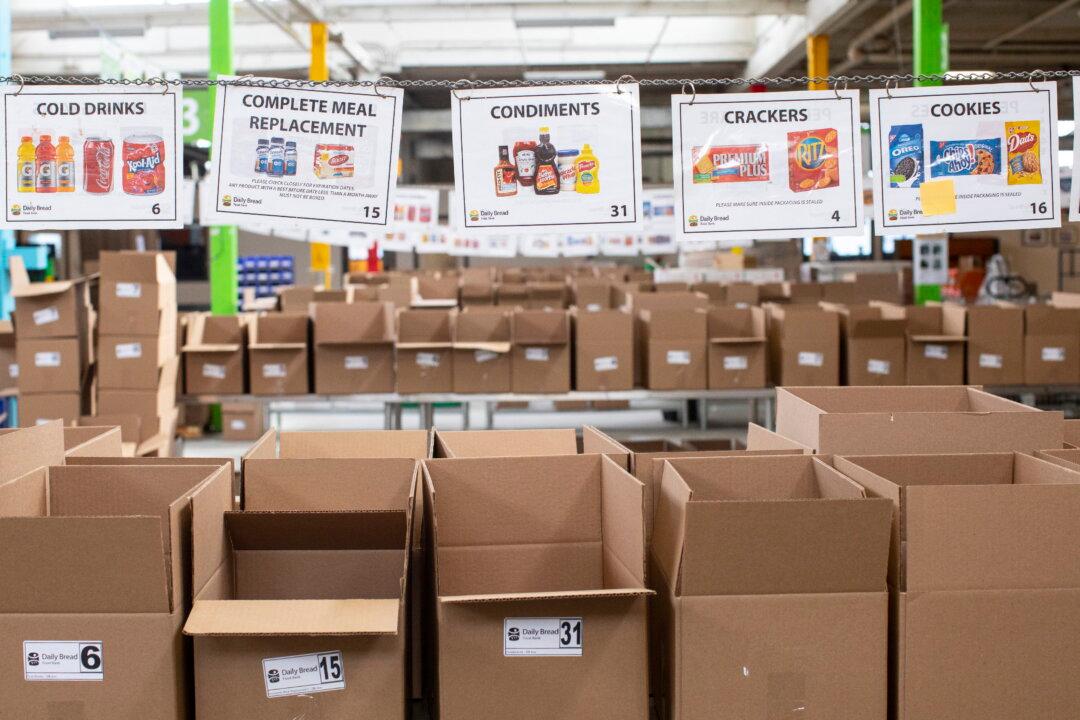Canada saw record food bank use in 2024, with a high of over 2 million food bank visits in March, says a Food Banks Canada report.
Food bank usage has risen 90 percent since 2019, according to HungerCount 2024, which tracked trends among the country’s 5,500 food banks and community organizations.





